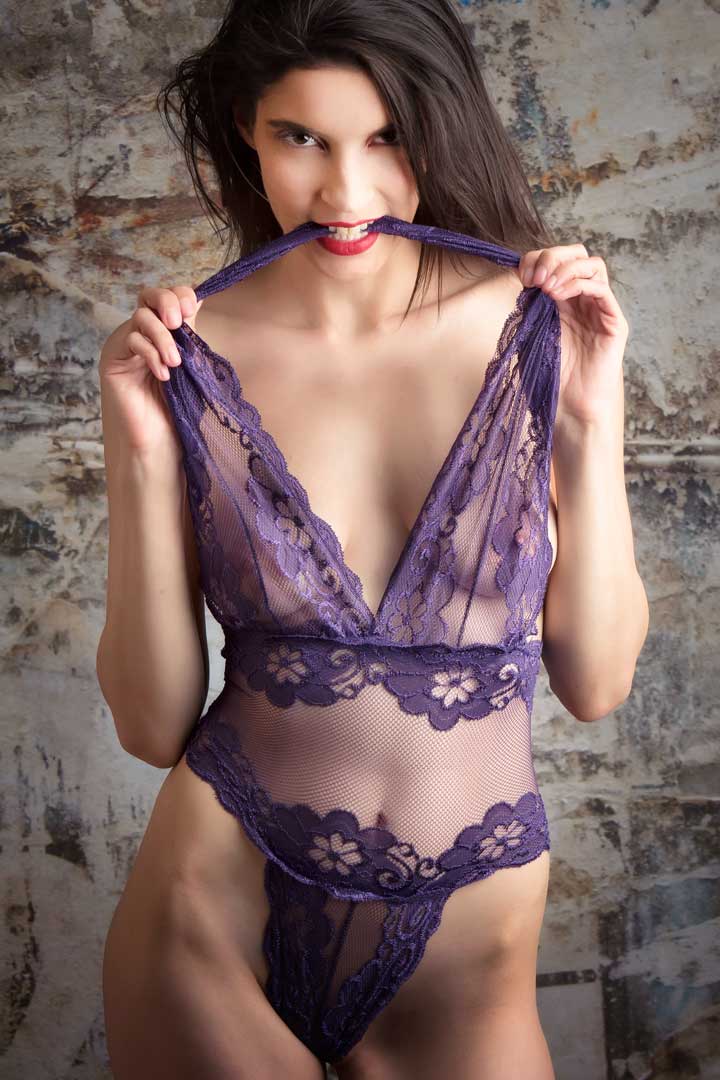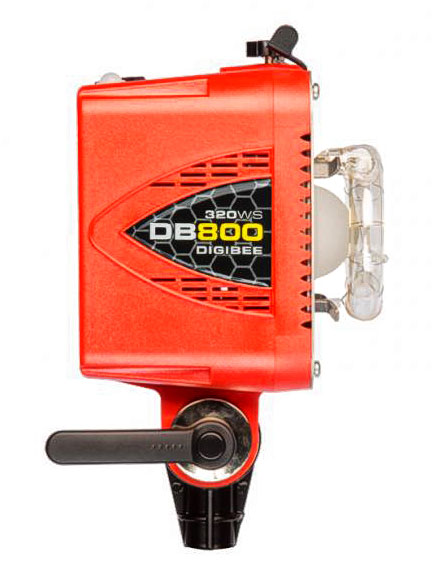Today’s Post by Joe Farace
“A portrait is not made in the camera but on either side of it.”– Edward Steichen
If that quote sounds familiar it’s because it is: In my post Is Your Camera Really Just a Mirror?, I quote my friend Rick Sammon who puts it this way: “The camera looks both ways” and suggests “that in picturing the subject, you are also picturing part of yourself.”
 The output of studio flash units, from monolights to power pack and head systems is typically measured in Watt-seconds (Ws,) a unit of electrical energy that’s equal to the work done when a current of one ampere passes through a resistance of one ohm for one second. Sometimes you’ll hear this measurement called a Joule but it all boils down to a way of measuring the power and discharge capacity of an electronic flash’s power supply.
The output of studio flash units, from monolights to power pack and head systems is typically measured in Watt-seconds (Ws,) a unit of electrical energy that’s equal to the work done when a current of one ampere passes through a resistance of one ohm for one second. Sometimes you’ll hear this measurement called a Joule but it all boils down to a way of measuring the power and discharge capacity of an electronic flash’s power supply.
You may think of it in terms like automobile horsepower but because Watt-seconds doesn’t consider reflector design it’s not a perfect indication of the total amount of light that can be produced by an electronic flash. Because of that, you’ll occasionally here Effective Watt-seconds used as a way give you some idea of what you can actually expect to get from the flash.
Another method of measurement is lumensecond, a unit of measurement of light intensity falling on a surface. A lumensecond refers to the light of one Lumen for a one second or the equivalent, such as two Lumens for half a second. The number of lumenseconds produced by a particular flash system depends on how effectively the flash turns electrical energy into energy. Most electronic flash units produce between 15 to 50 lumenseconds per Watt-second. What this means is that sometimes an efficient 300 Ws system can produce as much real light as an inefficient system that’s rated at 1000 Watt-seconds.
 Then there’s the old standby from the speedlight world: Guide Number aka GN is a measurement of flash output that considers the entire lighting package. The higher the guide number, the more the light is output. Guide Numbers are quoted in feet or meters (depending on where you live in the world) and are valid for a given ISO setting.
Then there’s the old standby from the speedlight world: Guide Number aka GN is a measurement of flash output that considers the entire lighting package. The higher the guide number, the more the light is output. Guide Numbers are quoted in feet or meters (depending on where you live in the world) and are valid for a given ISO setting.
How I Made this Photo: For the featured intimate portrait of Erin Valakari, a Lastolite Distressed Paper collapsible background was used as backdrop and was leaned up against another background that was hanging from my falling-apart JTL background stands. Lighting was from a single Paul C Buff DigiBee DB800 with a Plume Wafer HexOval 100 (37.5 x 27.5 by 12 inches deep) attached and placed at camera right with a 32-inch reflector located at camera left. The camera used was my Panasonic Lumix GH4 with G Vario 14-45mm f/3.5-5.6 lens at 43mm and an exposure of 1/160 sec and f/6.3 and ISO 200.
 If you enjoyed today’s blog post and would like to buy Joe a cup of Earl Grey tea ($2.50), click here. And if you do, thank so very much.
If you enjoyed today’s blog post and would like to buy Joe a cup of Earl Grey tea ($2.50), click here. And if you do, thank so very much.
If you’re interested in learning how I shoot portraits and use cameras, lenses and lighting in my in-home studio and on location, please pick up a copy of Studio Lighting Anywhere that’s available new from Amazon.com for $29.72 or starting around eleven bucks used, as I write this. The Kindle version is $19.99, if you prefer a digital format format.